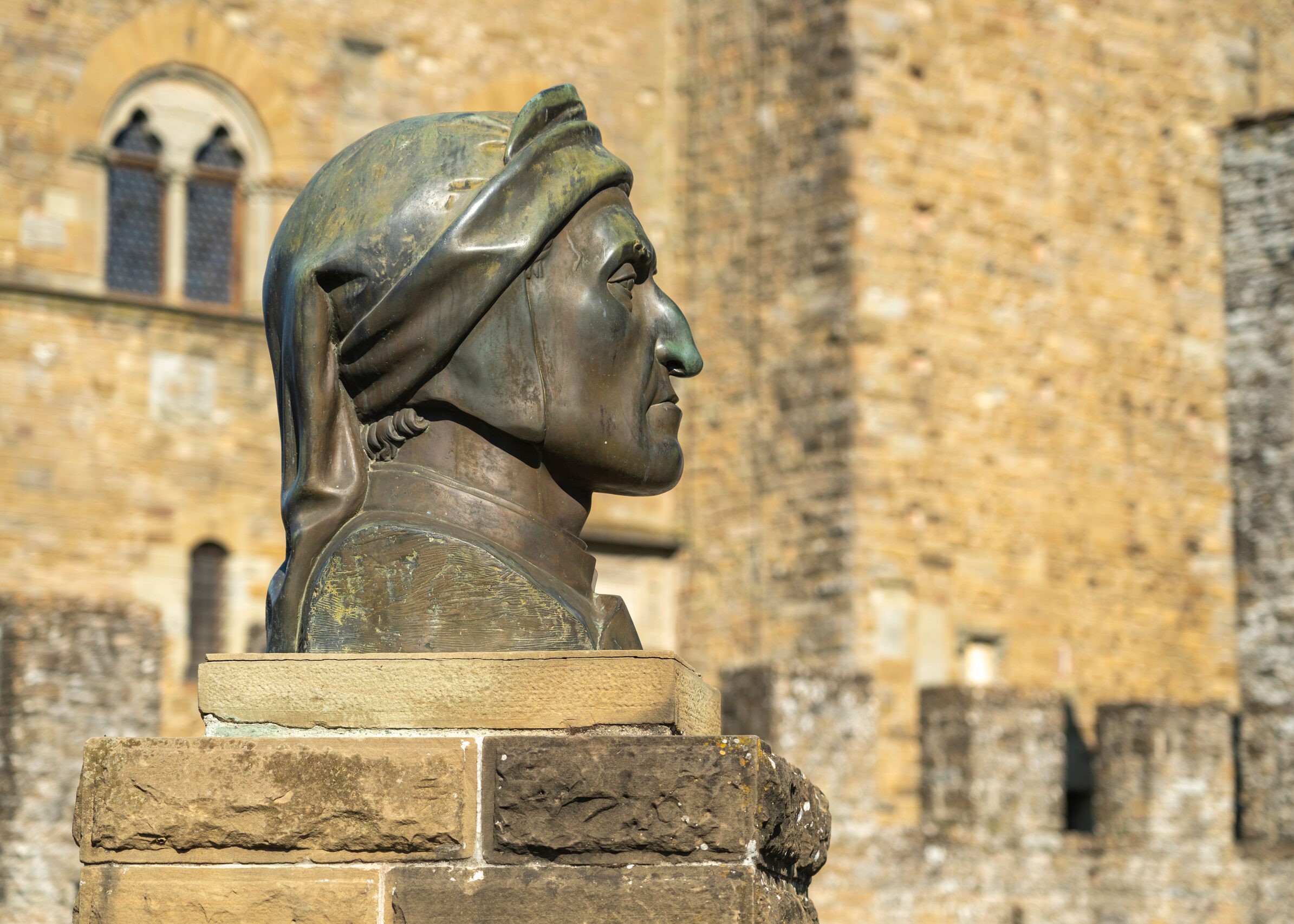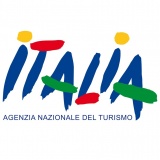
Twenty-one legs and a 395 kilometer-long route, from Dante Alighieri’s birthplace in Florence to his tomb in Ravenna, crossing the Apennine Mountains and immersing in silent woods and historic villages, waterfalls and Middle-Ages castles: on occasion of Dante’s 700th death anniversary, we recommend Le Vie di Dante (Roads of Dante), an exciting tour that retraces the exile of the "father" of the Italian language, from Tuscany to Emilia Romagna. Lonely Planet included this route in its Best in Travel for 2021 as best “Cultural walk” among the sustainable tourism experiences awarded.
The same roads were traveled by this eminent writer when fleeing from Florence, after the Guelphs condemned him to death because of his Ghibelline approval. From that moment on, Dante abandoned Florence for good (he would never get back to his hometown), but along its adventurous journey beyond the Apennines looking for protection, he took inspiration for his most famous work: the Divine Comedy.
The words of Dante take us to a timeless journey, that we can relive still today, fully or just in part, tracing his deeds along the way from Florence to Ravenna. Starting point of this Dante route is the Casa-Museo di Dante, in Via Santa Margherita, in downtown Florence; arrival is the tomb of Dante in downtown Ravenna, the city where Dante ended his exile, completed his writing of the Divine Comedy and where he died in September 1321.
This route across the Apennines is scattered with stages and poetic references to Dante and the Divine Comedy: among the most emblematic locations are Pontassieve, where Dante is said to have met Beatrice, the Acquacheta waterfall, mentioned in Canto XVI of Hell, the Chiesa di San Godenzo, in Val Montone, where Dante took part to the meeting of the exiled Ghibellines and White Guelphs, the Romena Castle, that hosted Dante for several time during his exile, but also the walled city of Poppi with the Castle of the Conti Guidi, Faenza, artistic and historic city, and Brisighella with its amazing medieval fortress.
An adventure rich in poetic suggestions, historical references and natural beauties, passing through small historic villages, hermitages and Romanesque churches, noble buildings and pristine nature to discover following the many hiking trails on both sides of the Apennines. A slow journey to take on foot or by mountain-bike (only if well trained) or by train, from Florence to Ravenna along the Faentina railway, the first Italian railway line to cross the Apennine mountain chain.
Additional itineraries
Besides the main route, the Florence-Ravenna, Le Vie di Dante also enclose other routes: in the Mugello and Casentino valley and from Faenza, a world capital of ceramics, to Brisighella, a medieval town included in the “Borghi più belli d’Italia” (Italy’s most beautiful villages) association.
Mugello itinerary (Palazzuolo sul Senio, Marradi, Vicchio, Dicomano, Borgo San Lorenzo, Barberino di Mugello, Fiorenzuola). Since the dawn of time a key connection route between Tuscany and Emilia, Mugello is the land of the House of Medici, Giotto and Beato Angelico, full of points of historical, artistic and naturalistic interest. Like the villages of Scarperia and Borgo San Lorenzo, the Pieve di Sant’Agata di Mugello, the Villa del Trebbio and Lake Bilancino.
To get more information: www.viedidante.it/en/the-mugello-itinerary
Casentino itinerary (Pratovecchio Stia, Montemignaio, Castel San Niccolò, Poppi, Ortignano Raggiolo, Bibbiena, Castel Focognano, Chitignano, Chiusi della Verna, Talla, Subbiano). In the valleys of the Foreste Casentinesi National Park, you can immerse yourself in centuries-old forests and ancient Romanesque churches, castles and religious sites: like the Camaldoli hermitage, Pieve di San Pietro, the Poppi, Porciano and Romena Castles (that hosted Dante).
To get more information: www.viedidante.it/en/the-casentino-itinerary
Faenza-Brisighella itinerary (Faenza, Brisighella). A city rich in Roman and Renaissance heritage, Faenza is worldwide renowned for the manufacturing of ceramics. Passing through vineyards and small hamlets, you get to Brisighella, part of the “Borghi più belli d’Italia” (Italy’s most beautiful villages) association with the Bandiera Arancione recognition by the Touring Club Italiano, well known for its Rocca Manfrediana built on rock pinnacles.
To get more information: www.viedidante.it/en/the-faenza-brisighella-itinerary
On Le Vie di Dante web-site there are many offers and packages which include accommodation and several activities: from trekking to cycling, guided tours and entrance to cultural sites, tasting of local products and transport by train on the regional trans-Apennine “Faentina” railway. Offers are for a weekend or more days.



